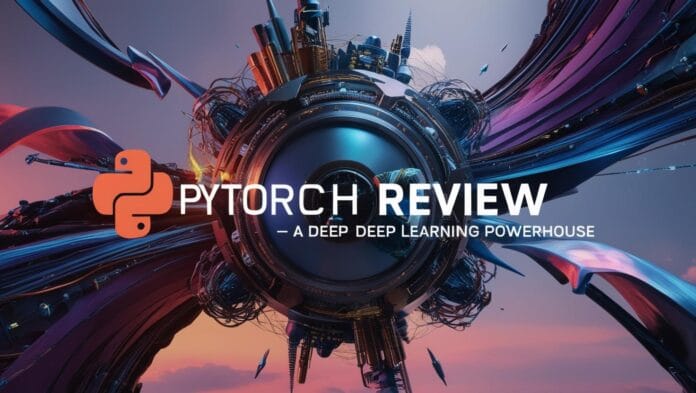PyTorch, developed by Facebook’s AI Research lab, has rapidly become one of the most preferred frameworks for deep learning enthusiasts and researchers. This PyTorch Review explores why PyTorch is highly regarded, its unique features, limitations, and how it compares to other frameworks like TensorFlow. Additionally, we will discuss real-world applications where PyTorch shines.
Contents
Why PyTorch is a Top Choice
PyTorch’s dynamic computation graph and intuitive design have made it a top choice for researchers worldwide. Moreover, its popularity has surged due to its compatibility with Python and its ability to provide a natural coding experience. Furthermore, the flexibility PyTorch offers is unmatched, making it ideal for rapid prototyping and research.
Key Features of PyTorch
- Dynamic Computation Graphs: Unlike TensorFlow’s static graphs, PyTorch allows dynamic computation graphs, making debugging easier and model development more intuitive.
- Pythonic Nature: PyTorch feels more natural to use with Python, enhancing developer productivity.
- GPU Acceleration: Full GPU support through CUDA, providing efficient training processes.
- Rich Ecosystem: PyTorch supports a broad range of machine learning tasks, including computer vision, natural language processing, and reinforcement learning.
- Active Community: With its growing popularity, PyTorch benefits from a strong community contributing to its development.
Benefits of Using PyTorch
- Flexibility: Ideal for research due to its dynamic nature.
- Ease of Use: Pythonic interface enhances developer experience.
- Versatility: Suitable for various AI tasks from vision to NLP.
Limitations
- Lack of Deployment Tools: Compared to TensorFlow, PyTorch has fewer native deployment tools.
- Smaller Community: While growing rapidly, its community is still smaller than TensorFlow’s.
Real-World Applications
- Natural Language Processing (NLP): Chatbots, sentiment analysis, translation models.
- Computer Vision: Image classification, object detection, style transfer.
- Reinforcement Learning: Game AI, robotics, self-driving cars.
Why PyTorch Remains Popular
PyTorch remains popular for research and development due to its dynamic nature, ease of debugging, and compatibility with Python. Additionally, it is increasingly being adopted in production systems as deployment solutions improve.
Transition Words Used
- Moreover, its popularity has surged due to its compatibility with Python.
- Furthermore, the flexibility PyTorch offers is unmatched.
- Additionally, it is increasingly being adopted in production systems.
- Consequently, PyTorch has become a preferred framework for researchers.
Internal Links
- Compare with TensorFlow Review to understand differences.
- Learn about AI Tools and Frameworks for practical learning.
- Explore Deep Learning Techniques using PyTorch.
- Discover NLP Technologies enhanced by PyTorch.
External Links
- PyTorch Official Site – Comprehensive resources and documentation.
- Hugging Face – PyTorch-based NLP models and libraries.
- Facebook AI Research – Latest research and developments using PyTorch.
Example:
- PyTorch Official Site: Extensive resources for developers.
- Hugging Face: Powerful tools for NLP using PyTorch.
- Facebook AI Research: Stay updated with cutting-edge developments.
Sources:
- PyTorch, Hugging Face, Facebook AI Research.
